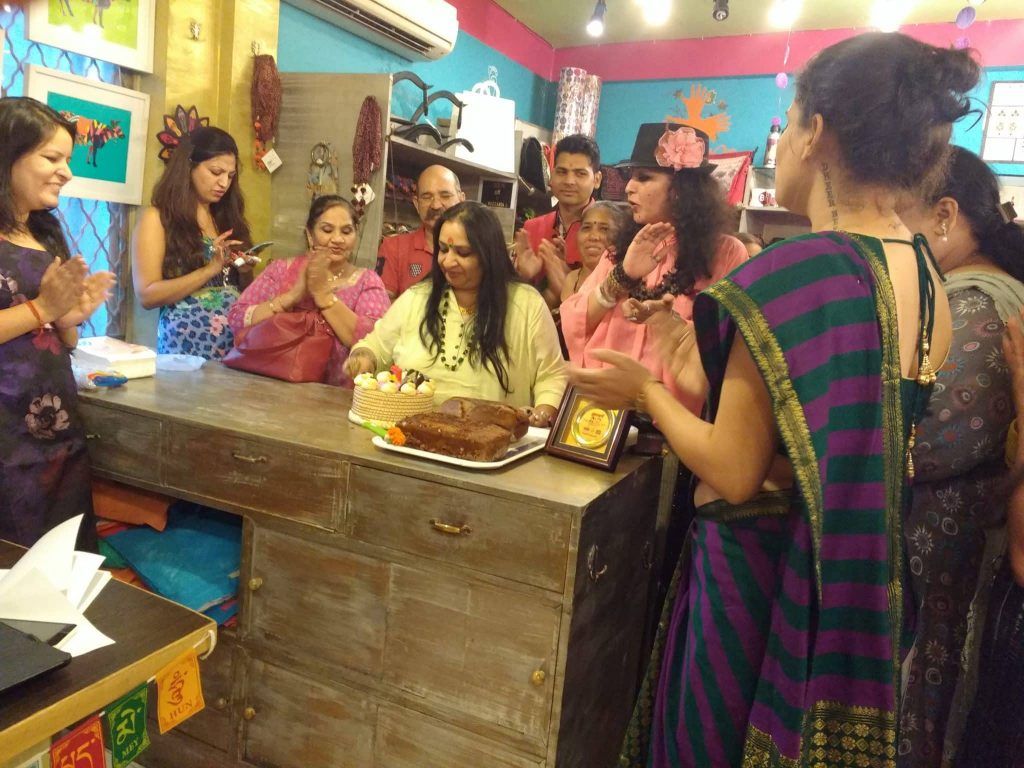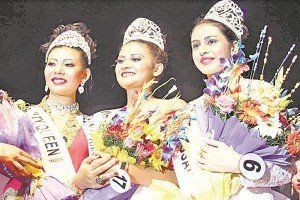In today’s world, where sustainability is at the forefront of many industries, it is crucial to examine traditional crafts practices and find ways to minimize their environmental impact. Leather crafting, with its rich history and cultural significance, is no exception. Cory Carnley is a multi-talented individual residing in Gainesville, Florida. With his background as a tobacconist, travel blogger, and hospitality industry expert, he brings a unique perspective to sustainable practices in leather crafting. Drawing on his experiences in different fields, Carnley has developed a deep appreciation for balancing tradition and environmental responsibility.
Table of Contents
Understanding Leather Crafting and Its Environmental Impact
Leather crafting, an ancient and culturally significant craft, has a notable environmental impact. Conventional leather production involves using toxic chemicals, such as chromium salts, leading to water pollution. Cattle ranching for leather contributes to deforestation, habitat loss, and increased greenhouse gas emissions. Furthermore, the process generates wastewater and waste materials. Recognizing these environmental challenges is crucial to adopting sustainable practices in the industry and promoting a balance between tradition and ecological responsibility.
Sustainable Approaches in Leather Crafting
Leather crafting, a craft deeply rooted in tradition and craftsmanship, can align with sustainable practices. By adopting environmentally friendly approaches, leather crafters can minimize their ecological footprint and contribute to a more sustainable industry. Here are some vital sustainable strategies in leather crafting:
Alternative Sources of Leather
Traditional leather is often produced using chemically intensive processes. However, artisans can opt for alternative leather sources, such as vegetable-tanned leather and eco-friendly leather substitutes. These materials are made using natural tannins and do not involve harmful chemicals.
Responsibly Sourced Materials
Selecting responsibly sourced materials is crucial in minimizing the environmental impact of leather crafting. Leather production is often linked to deforestation, as cattle ranching contributes to land clearing. Artisans can support responsible sourcing by choosing leather from suppliers committed to sustainable practices and reforestation efforts.
Eco-Friendly Tanning Methods
Tanning is a crucial step in leather production but traditionally involves using chrome, a toxic chemical. Artisans can adopt chrome-free tanning methods, which rely on natural tannins derived from plant sources. Natural dyes from plants can also replace synthetic dyes, reducing the ecological footprint.
Upcycled and Recycled Materials
Leather crafters can contribute to sustainability by incorporating upcycled and recycled materials into their creations. Artisans reduce waste and promote the circular economy by giving new life to discarded leather scraps or repurposing old leather items.
Waste Reduction and Resource Efficiency
Implementing waste reduction strategies and maximizing resource efficiency is crucial in sustainable leather crafting. Leather artisans can aim to minimize material waste through careful cutting and design techniques. Optimizing energy usage in the production process, such as using efficient machinery and renewable energy sources, can further reduce the environmental impact.
Balancing Tradition and Sustainability
While embracing sustainable practices is crucial, preserving the traditions and craftsmanship that make leather crafting unique is equally essential. Balancing tradition with sustainability can be challenging, but it is not impossible.
By educating leather artisans about sustainable options and their benefits, they can make informed choices that align with their craft. Similarly, educating consumers about the environmental impact of conventional leather production can drive the demand for sustainable alternatives. Many leather crafters have successfully integrated sustainable practices into their traditional techniques. These pioneers demonstrate that it is possible to create high-quality leather products while minimizing environmental harm. Their success stories inspire others to follow suit.
The Future of Sustainable Leather Crafting:
The future of leather crafting lies in further innovations and collaborations to enhance sustainability.
Emerging Technologies and Innovations
As technology advances, there are promising developments in sustainable leather production. Researchers are exploring eco-friendly tanning methods, such as enzymatic and bio-based processes, that significantly reduce environmental impact.
Consumer Demand and Conscious Purchasing
The demand for sustainable products is increasing, and consumers are becoming more conscious of the environmental impact of their choices. This shift in consumer behavior drives the adoption of sustainable practices in leather crafting and encourages artisans to prioritize eco-friendly methods.
Conclusion
It is crucial to balance tradition and environmental responsibility in leather crafting. While honoring the heritage and craftsmanship associated with leather, it is equally important to acknowledge and address the ecological challenges posed by conventional production methods. Leather crafters can contribute to a more sustainable future by adopting sustainable techniques and materials. Drawing from his own experiences, Cory Carnley offers valuable suggestions for promoting sustainability in leather crafting. He encourages artisans to explore alternative materials like vegetable-tanned leather and eco-friendly substitutes. Additionally, Cory Carnley emphasizes the importance of responsibly sourcing materials, collaborating with other artisans, and sharing knowledge to advance sustainable practices in the craft.












vacuum chamber with pump
June 13, 2023I enjoy what you guys are usually up too. This sort of clever work and exposure!
Keep up the terrific works guys I’ve included you guys to my
blogroll.